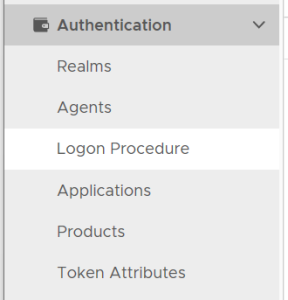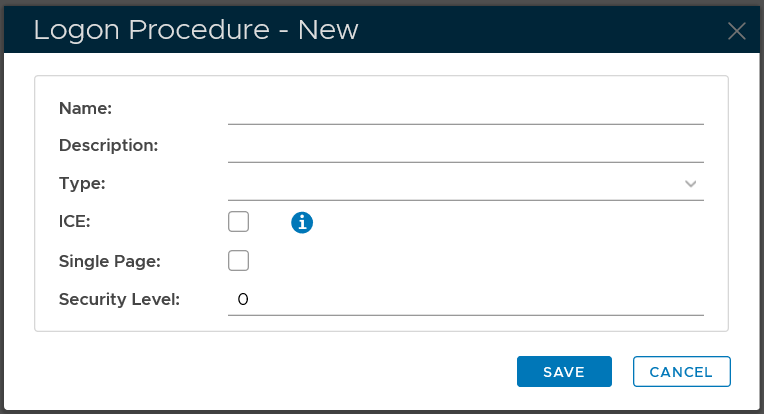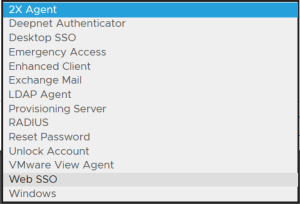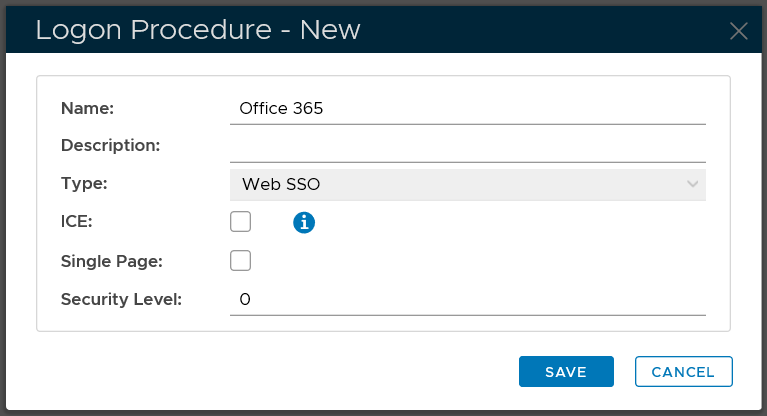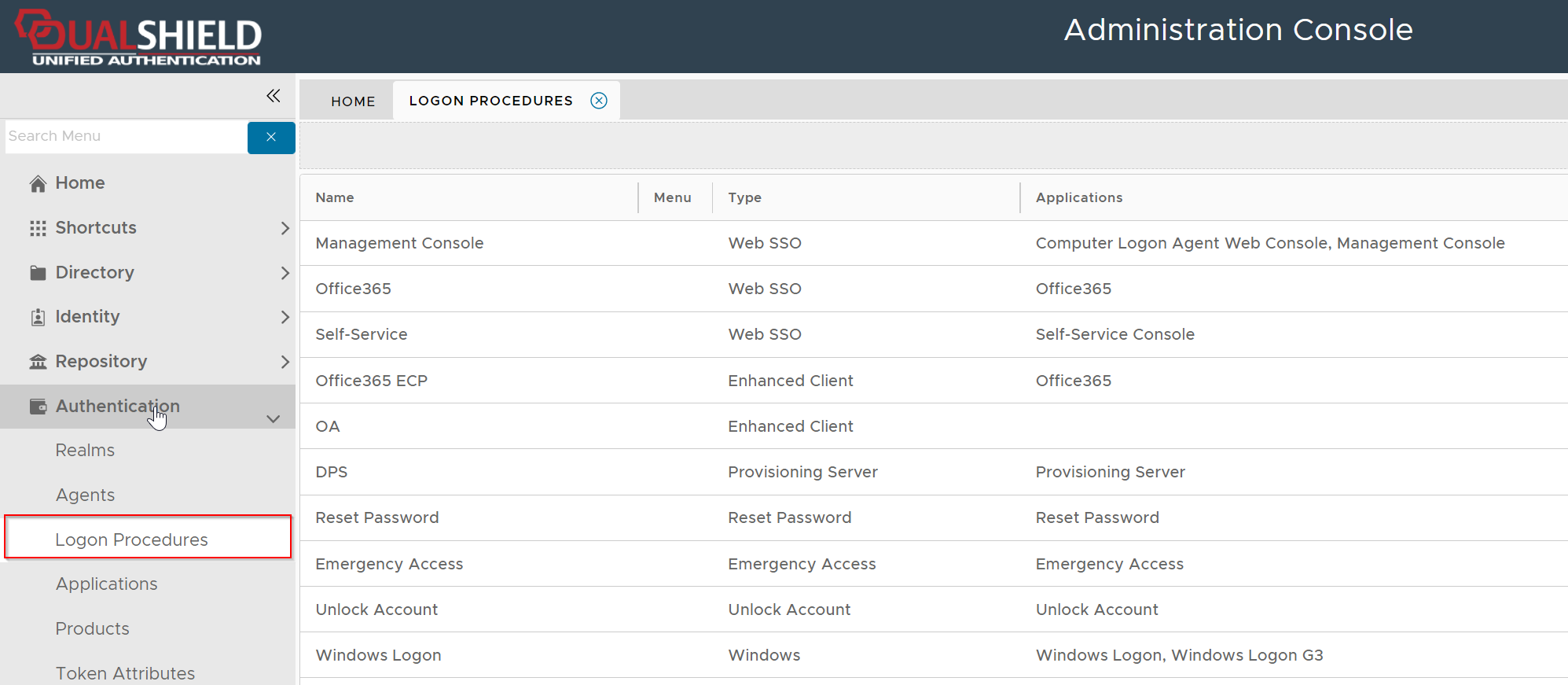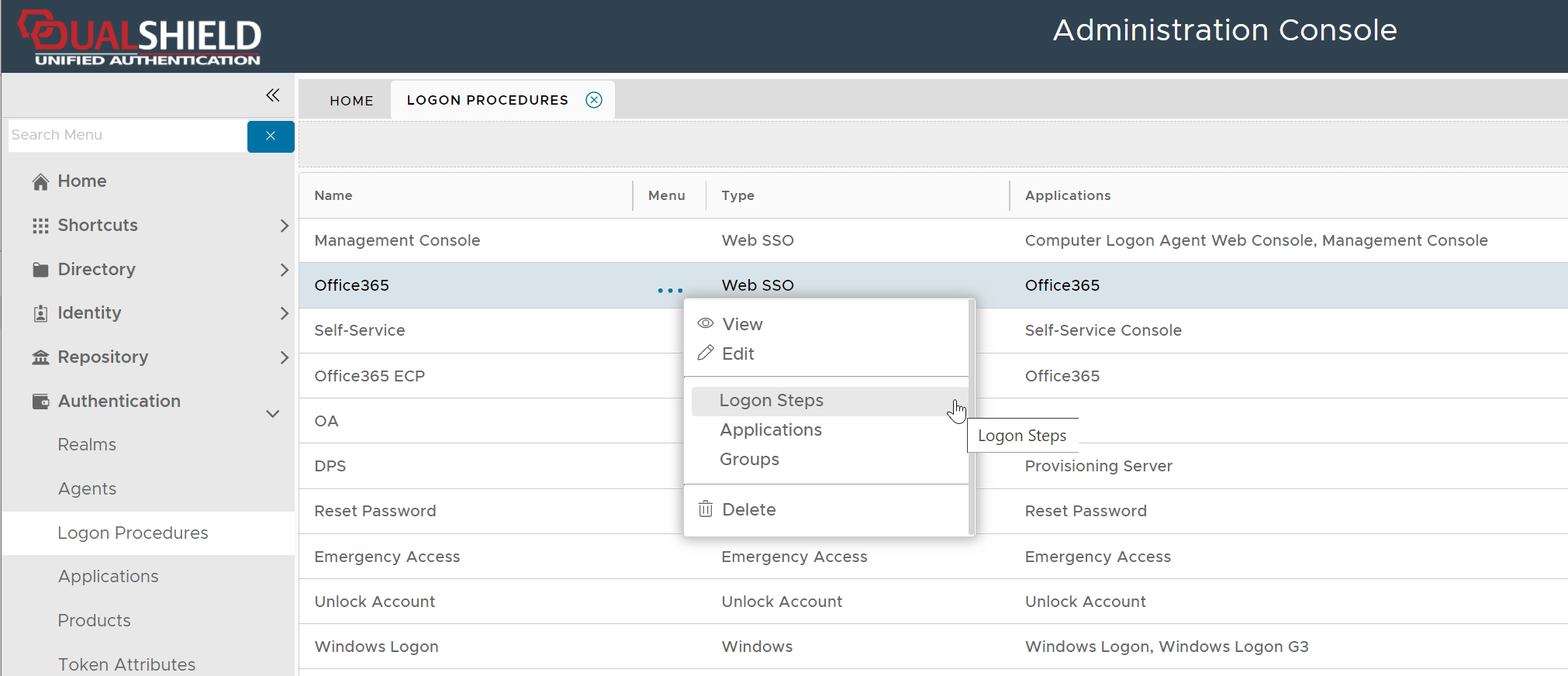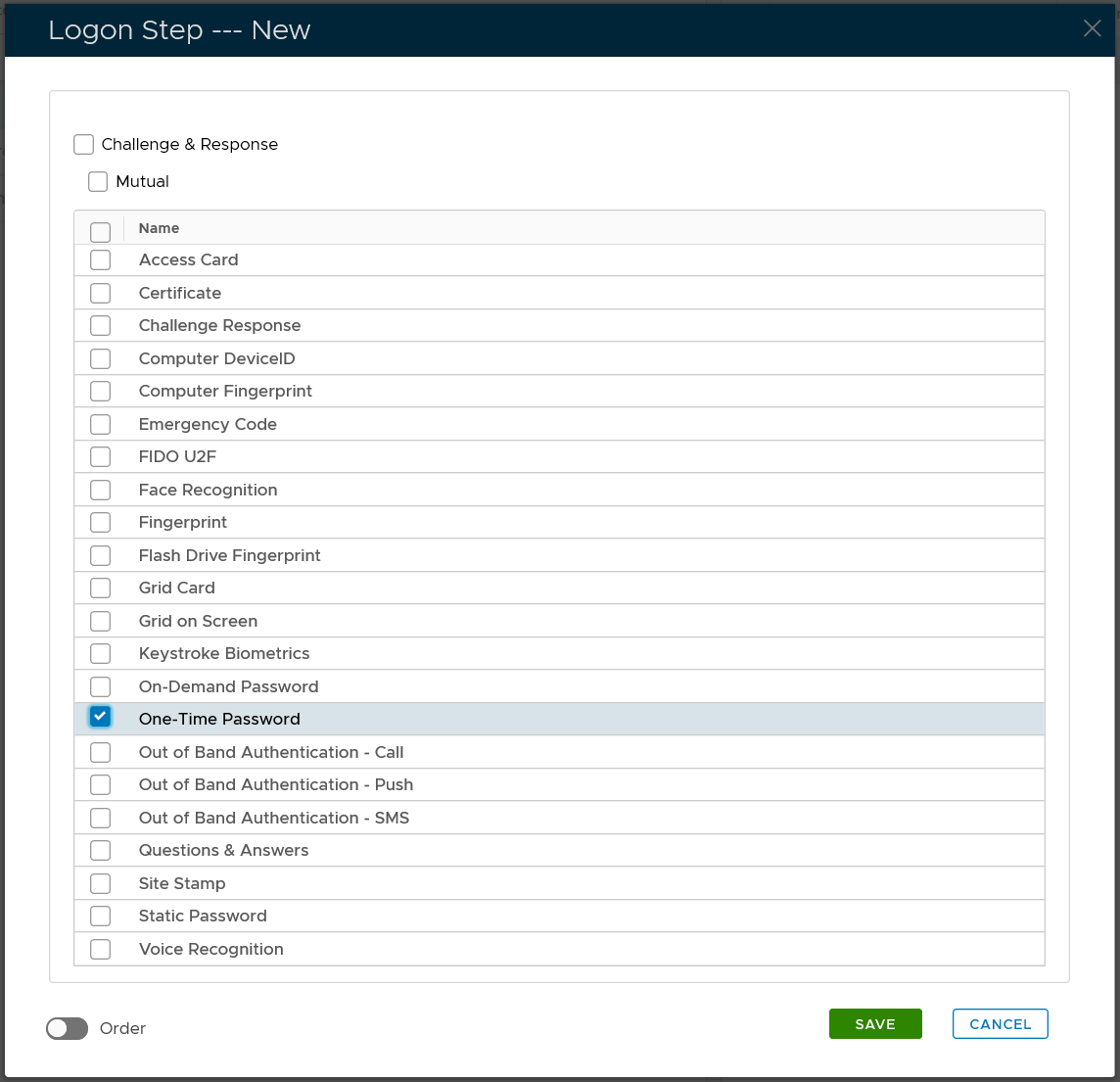To allow users to use a FIDO U2F key to verify themselves when they try to sign in to an application, you need to add the authentication method FIDO U2F into the logon steps of the application.
For instructions on how to build or change a logon procedure, expand the link below
In the example below, we add FIDO U2F into the logon procedure of Windows Logon as the second factor
